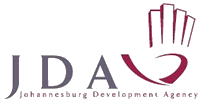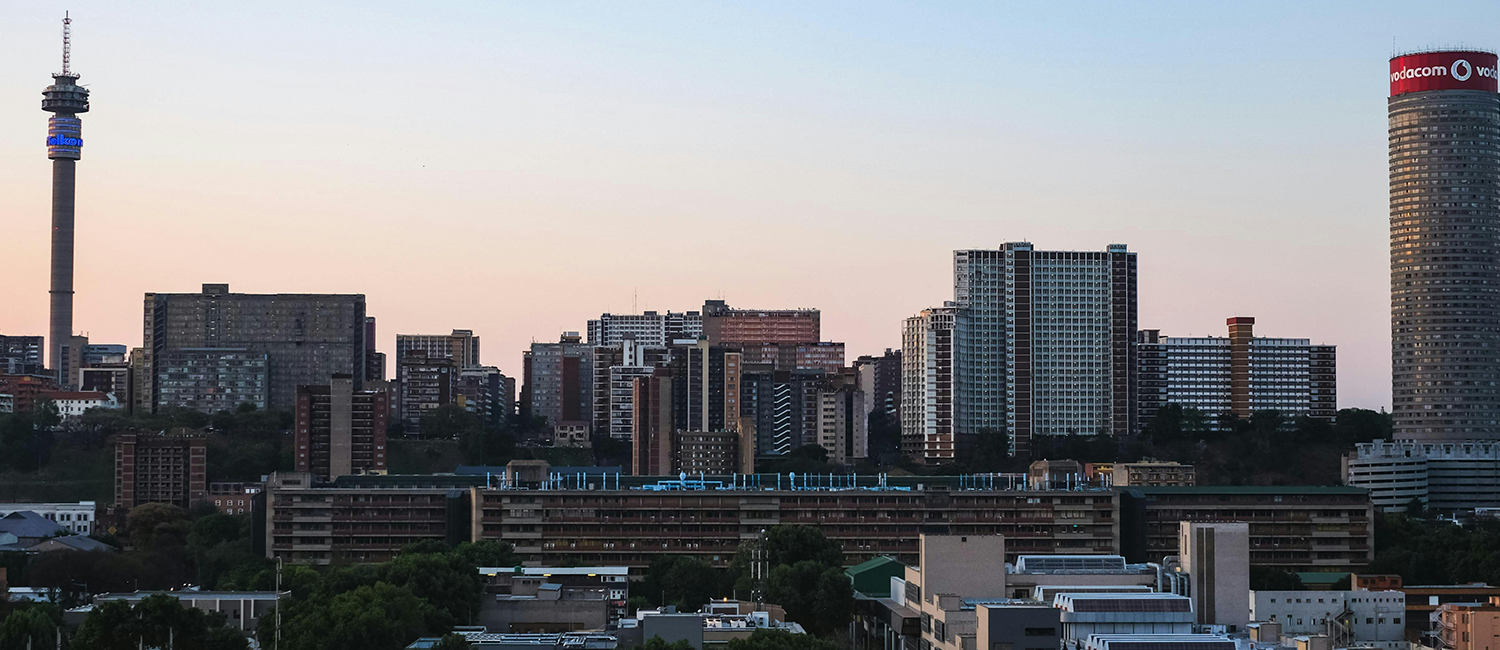The new-look Bruma Lake, officially launched by Executive Mayor Parks Tau on Tuesday, 5 July, is set to attract a considerable return on the R71.5-million the City of Joburg spent on its rehabilitation.
The transformation of the pollution trap that was Bruma Lake – for years a source of discomfort and frustration among residents and businesspeople in Bruma, Cyrildene and De Wetshof – has given a major boost to business confidence in the area.
The beautiful new park and river with its striking, fully restored pedestrian bridge has already spurred a R15-million investment on its south side; on its north side, there’s an investment of well over R1-billion in a major new mixed-use development that’s poised to start unfolding.
Details on both of these emerged at Tuesday’s launch event, which marked the completion of an extensive, two-year rehabilitation project overseen by the Johannesburg Development Agency (JDA) in collaboration with Johannesburg City Parks and Zoo.
NATURAL, FREE-FLOWING WATERCOURSE RE-ESTABLISHED
This came after a number of failed attempts – including the installation of solar-power floaters – to rejuvenate the lake, which attracted pollution and a build-up of sludge due to the overflow of detergent, sewage, litter and other debris from the Jukskei River flowing through it.
Instead of wasting money on further attempts which could succeed temporarily at best, the City decided to drain the lake, re-establish a channel for the Jukskei, and reclaim the land surrounding it for a new outdoor green space.
The creation of the new watercourse has successfully improved the flow of water, increased its natural aeration and filtration by plants along the banks, improved access for cleaning of debris, and restored the ecological linkages between the upstream and downstream areas of the river.
BRUMA ‘AN IMPORTANT NODAL DEVELOPMENT POINT’
But the benefits extend beyond the environmental. Mayor Tau, speaking at Tuesday’s launch, said the City’s investment in Bruma looked at the present and future needs of an area that was evolving, whose population was growing, and which formed an important nodal development point in the City’s Corridors of Freedom programme.
Bruma, Cyrildene and other suburbs east of the CBD would soon be integrated into the Louis Botha Corridor of Freedom – whose main bus rapid transit (BRT) route will connect Parktown to Alexandra and Sandton – and through this to the Empire-Perth Corridor between the CBD and Soweto.
“The City of Joburg is expected to grow by 3-million people over the next 24 years”, Mayor Tau said. It was therefore crucial to move away from a “mono-use” city in which residents were far removed from amenities and opportunities to a city of the future – one which was mixed-use, higher density, compact and polycentric.
Bruma’s new-look river and park would become a “destination for people” with recreational, commercial and other uses, the Mayor said. It would also spur the growth and development of Cyrildene as “the Chinatown not just of Johannesburg but of South Africa and of Africa”. With its culture, cuisine and unique environment, this Chinatown formed “an integral part of our city that should be celebrated”.
NEW HOTEL, OFFICE BLOCK, HIGH-RISE APARTMENTS
Speaking before the Mayor, Angus McMillan of the Courtyard, the hotel on the south side the new park, told the gathering that the stench emanating from the old lake had got so bad that guests would often arrive at the Courtyard “only to check out again the same day”.
In mid-2014, McMillan said, when the draining of the lake made clear that the City was serious about its plans for Bruma, owners City Lodge Hotel Group took the decision to re-invest in the Courtyard. Since then, at a cost of R15-million, all 69 rooms and public areas of the hotel had been completely overhauled.
Next to address the gathering was architect Ambrose Adebayo, the co-designer of the Moses Mabhida Stadium in Durban, who outlined the plans for a major new mixed-use development for the north side of the park.
This will include a 5-star hotel, a double-level shopping centre, an office block, high-rise apartments catering to a range of income levels, and extensive underground parking.
The development’s four new buildings would be designed in organic African style as a synthesis of modern and traditional forms, Adebayo said, and would relate “like a sculpture” to the river and the park.
Speaking afterwards, Yianni Konstas, who bought the north side property and conceived the new development along with his brother, said they had been eagerly awaiting completion of the rehabilitation project.
How big was the investment going to be? “Well over R1-billion”, Konstas said, before heading off to join a group of City officials for lunch.

